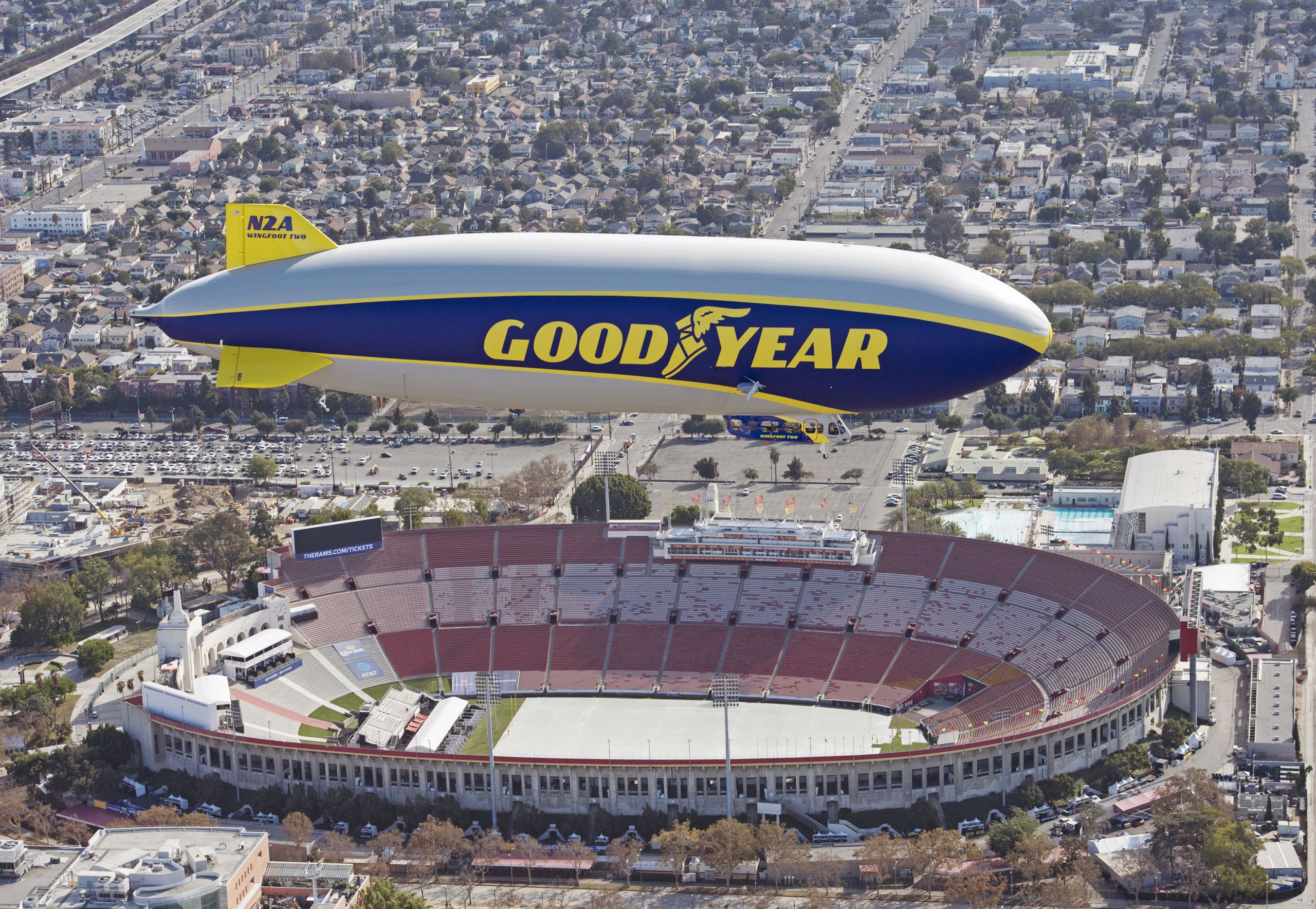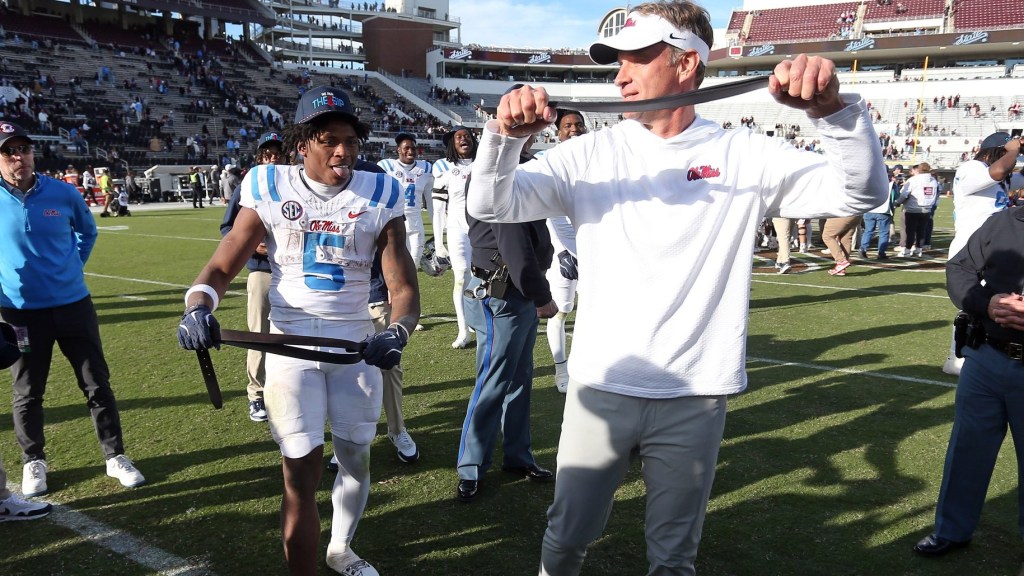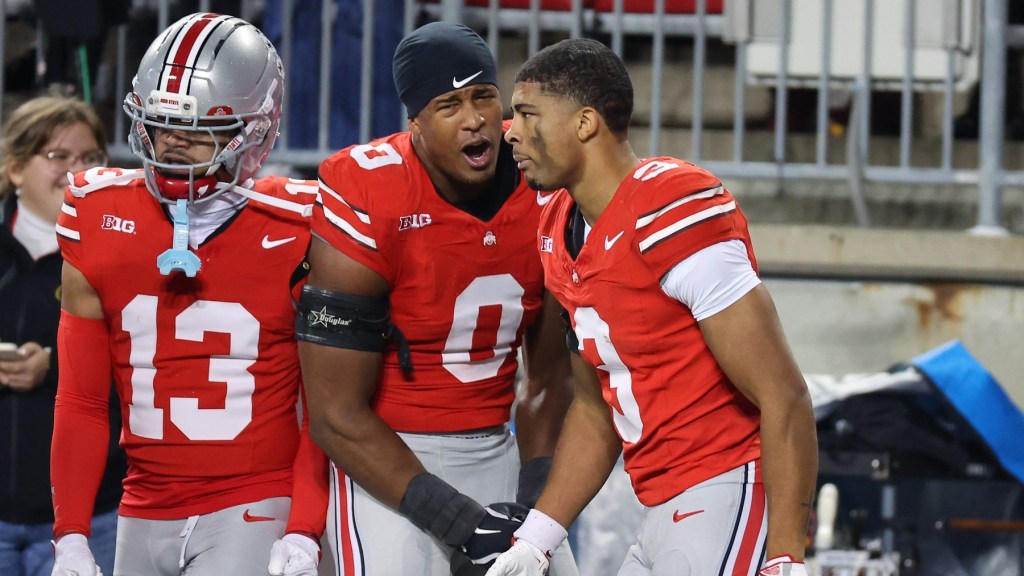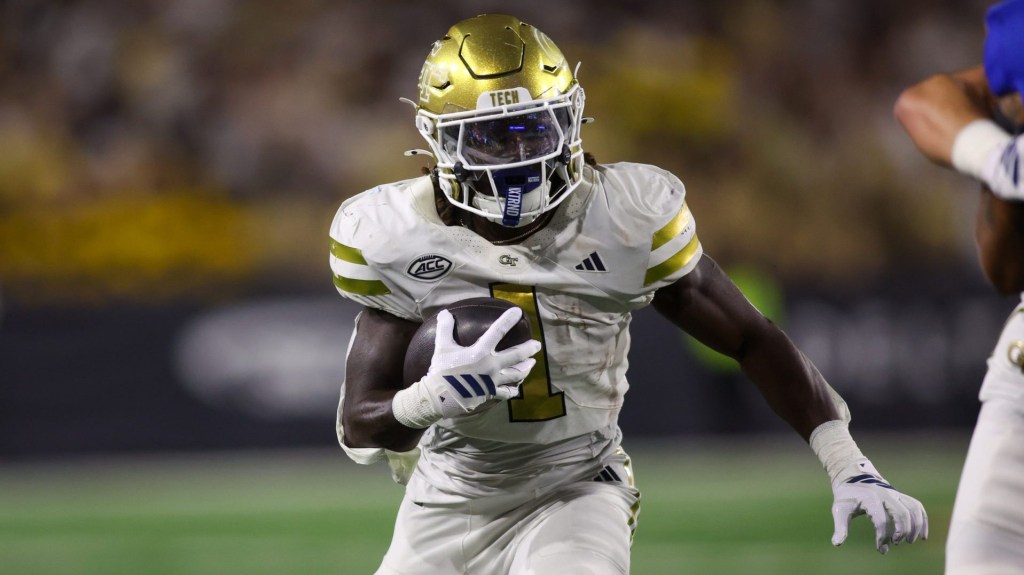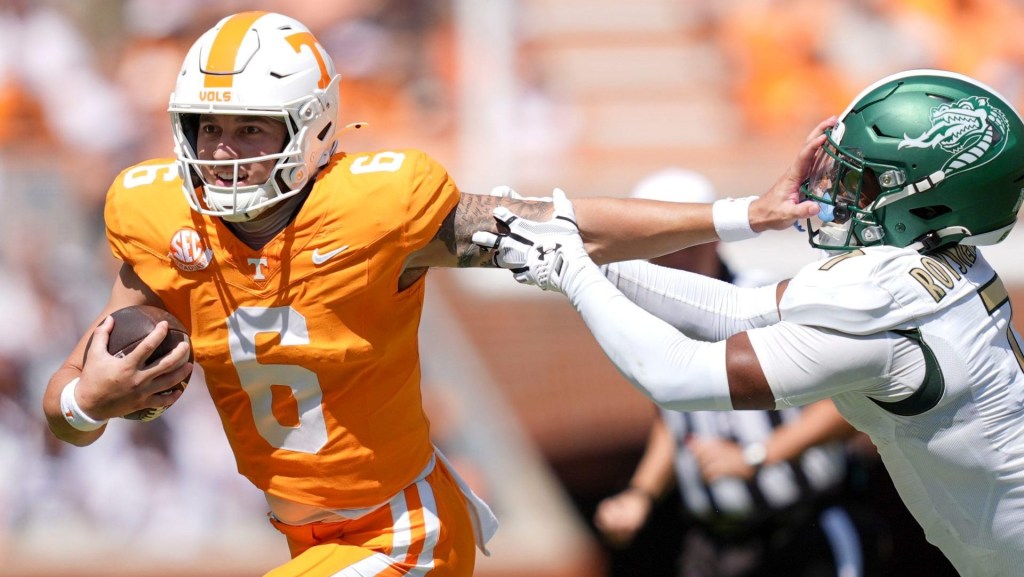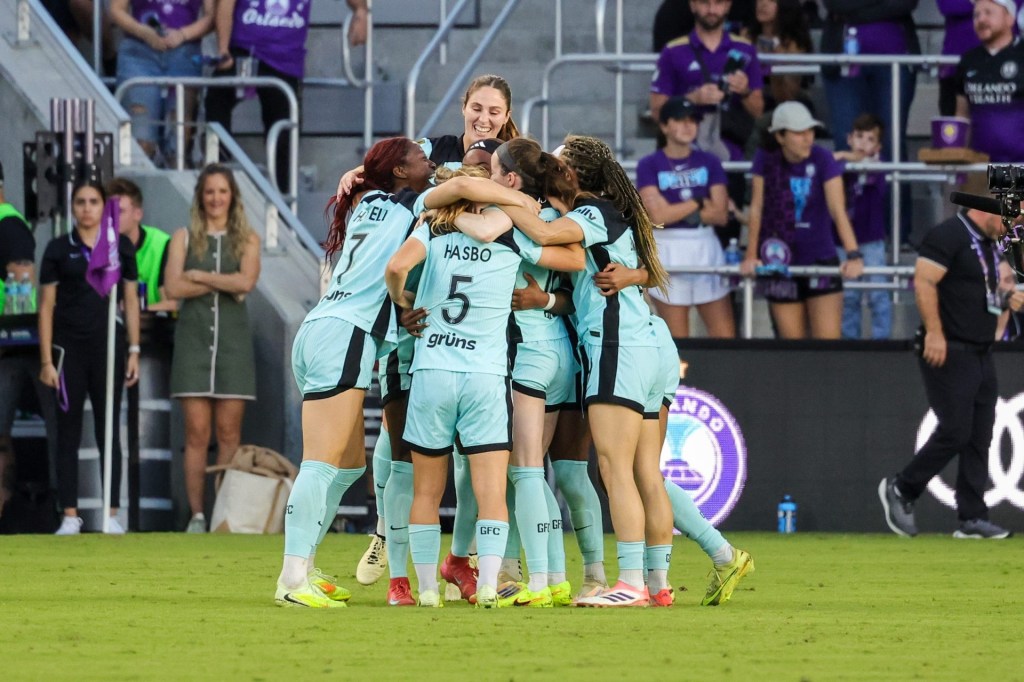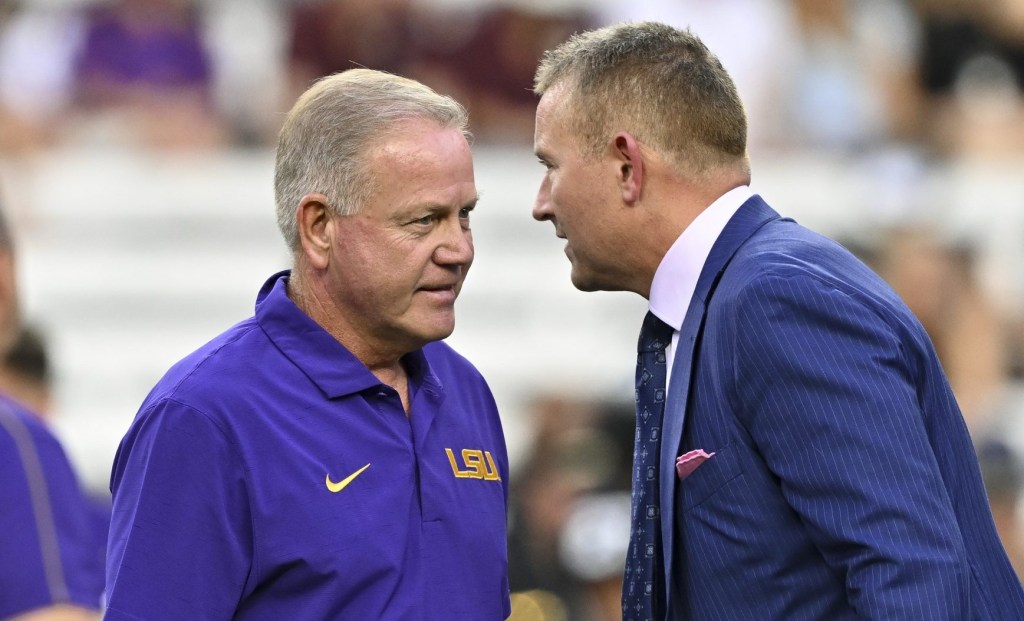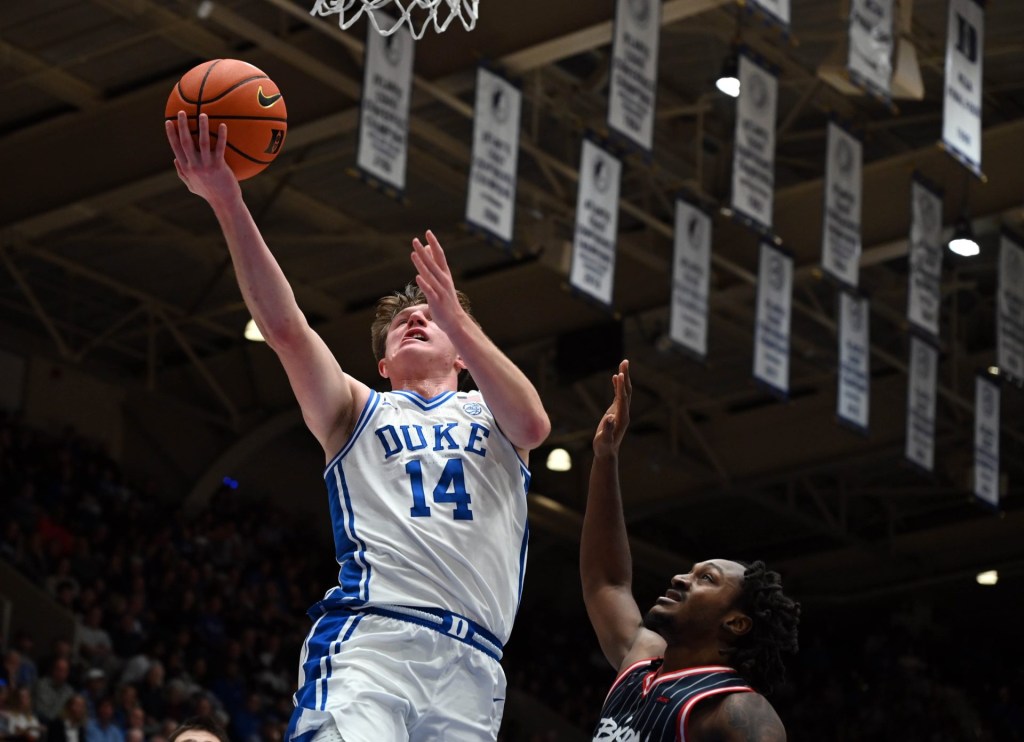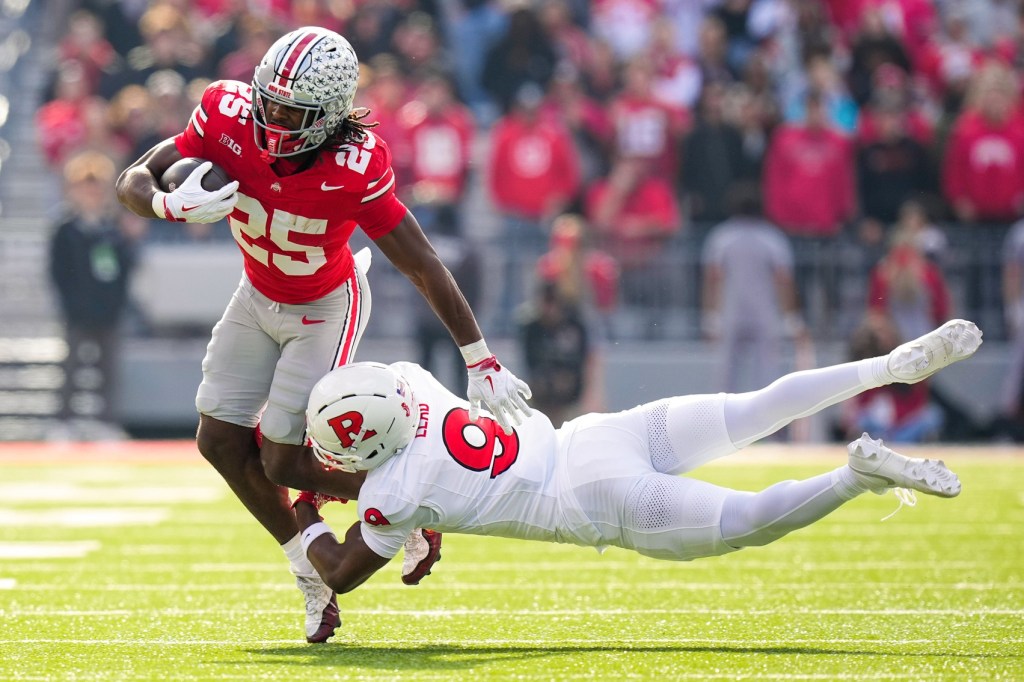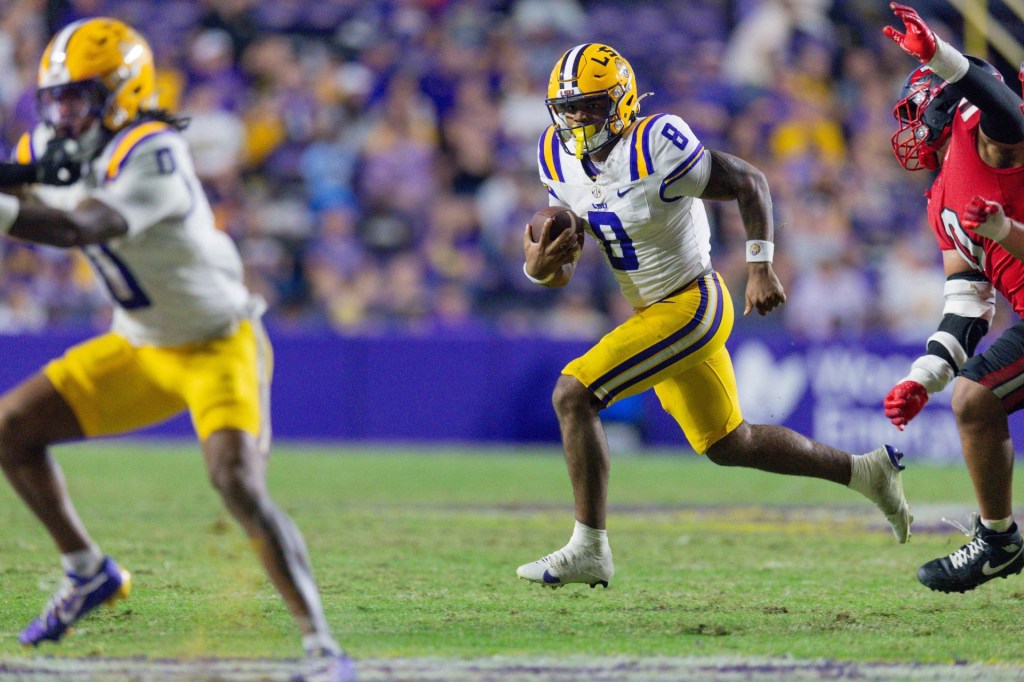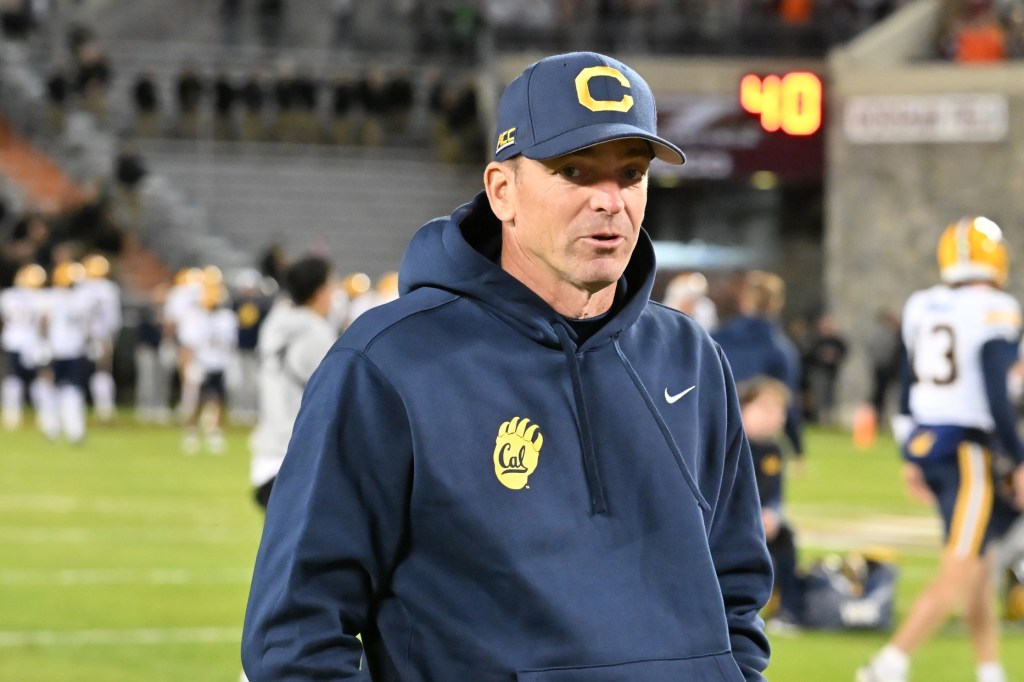While the basic nature of college football means there is always turnover, there has been one constant for fans that look skyward: the Goodyear Blimp.
For almost 65 years, Goodyear Blimps have sailed over sporting events as one of the longest-running and most effective advertising and public relations campaigns in sports history. One will appear over the College Football Playoff National Championship Game between LSU and Clemson in New Orleans on Jan 13.
This floating billboard has become as synonymous with college football as marching bands and cheerleaders. Once a leftover from the days of railways and steamships, it has evolved and thrived into one of the industry’s most-known assets. From its first appearance at the 1955 Rose Bowl, Goodyear Blimps have provided “Eye in the Sky” aerial coverage for over 2,000 sports and entertainment events, while also serving as an iconic symbol of the Goodyear brand.
The blimps fly over the biggest sporting events such as the Super Bowl. But Goodyear has a special strategic partnership with college football via ESPN.
Goodyear sponsors the Goodyear Cotton Bowl Classic and the College Football Playoff. As part of the deal, Goodyear provides aerial coverage for ESPN’s most-watched games as well as “College GameDay” and ABC’s “Saturday Night Football.”
During this bowl season, the blimps also sailed over The Rose Bowl and 131st Rose Parade in Pasadena, Calif., the Peach Bowl and College Football Awards in Atlanta and the Cheribundi Boca Raton Bowl in Florida.
Rose Bowl fans were thrilled when the B-2 Stealth Bomber roared under the Goodyear Blimp on New Year’s Day. The blimp recently became the first non-player or coach enshrined in the College Football Hall of Fame.
“The Goodyear Blimp has contributed to college football’s culture and experience like no other,” said Todd Macsuga, Goodyear’s general manager of brand marketing. “It has come to signify the magnitude of games and the superior performances that take place on the field every Saturday. When people see the blimp over a college football stadium, they know that it’s a big game.”
Ed Placey, a senior coordinating producer for college football at ESPN, agreed.
“The Goodyear Blimp has been a signature element of our telecasts going back many years,” said Placey. “When fans see the blimp in person or that aerial shot on our telecast, intuitively, they know it’s a game of significant magnitude.”
Since the first blimps took to the skies in the 1920s, the company’s business strategy has been straightforward: build awareness for The Goodyear Tire & Rubber Company.
The Akron, Ohio-based giant now generates $15.5 billion in annual revenue. Roughly 60 million Americans personally witness the blimps flying overhead every year. The company’s website also has a “Blimp Finder,” where consumers can find out where and when they’re flying next.
There’s not one blimp but three, requiring trained pilots, support crews, and 75-80 total employees, according to Kristi Dosh, founder of the BusinessOfCollegeSports.com.
The three blimps (actually semi-rigid airships) called Wingfoot One, Wingfoot Two, and Wingfoot Three, require the 24-hour supervision of trained commercial pilots, working eight-hour shifts.
“Today, Goodyear has three blimps strategically placed around the country so it can cover virtually any game in the contiguous United States,” Dosh said. “Most weekends, you’ll find all three flying over college football games.”
Goodyear has also been smart enough PR-wise to keep things fresh, said Mark Beal, Professor of Practice in Public Relations at Rutgers University’s School of Communication and Information.
READ MORE: Dartmouth-Princeton Caps Off College Football’s 150th Anniversary Week
This past October, for example, Goodyear teamed with Airbnb to offer three one-night stays in the blimp. For a price of only $150 a night, consumers lucky enough to snag a reservation, stayed on the blimp, met crew members, and won tickets to its next big coverage assignment: Notre Dame vs. the University of Michigan in Ann Arbor, Michigan.
“The Goodyear Blimp is one of the most iconic and recognizable advertising vehicles for driving top-of-mind brand awareness in the world,” noted Macsuga. “From college football to NASCAR, basketball, golf, and beyond, the blimp aligns Goodyear with coveted sports properties that allow the brand to reach a variety of fan bases and consumers.”
During ESPN’s Megacast coverage of the 2019 College Football National Playoff Championship, ESPN used the blimp’s passenger gondola as a broadcast booth in the sky.
Anchors Elle Duncan and Matt Barrie of “SportsCenter” called the championship game live from the blimp. ESPN’s “BlimpCast” featured a tri-box, with the duo on one screen, the view from the blimp in another and the game telecast in the third.
READ MORE: Goodyear Embraces Hospitality For Three Nights With Airbnb Partnership
However, ESPN won’t repeat BlimpCast in New Orleans because the game will be played in the domed Mercedes-Benz Superdome.
“The blimp continues to be newsworthy and buzzworthy in today’s social media society by consistently transforming its approach to leveraging its alliance with college football and other sports,” Beal said.
